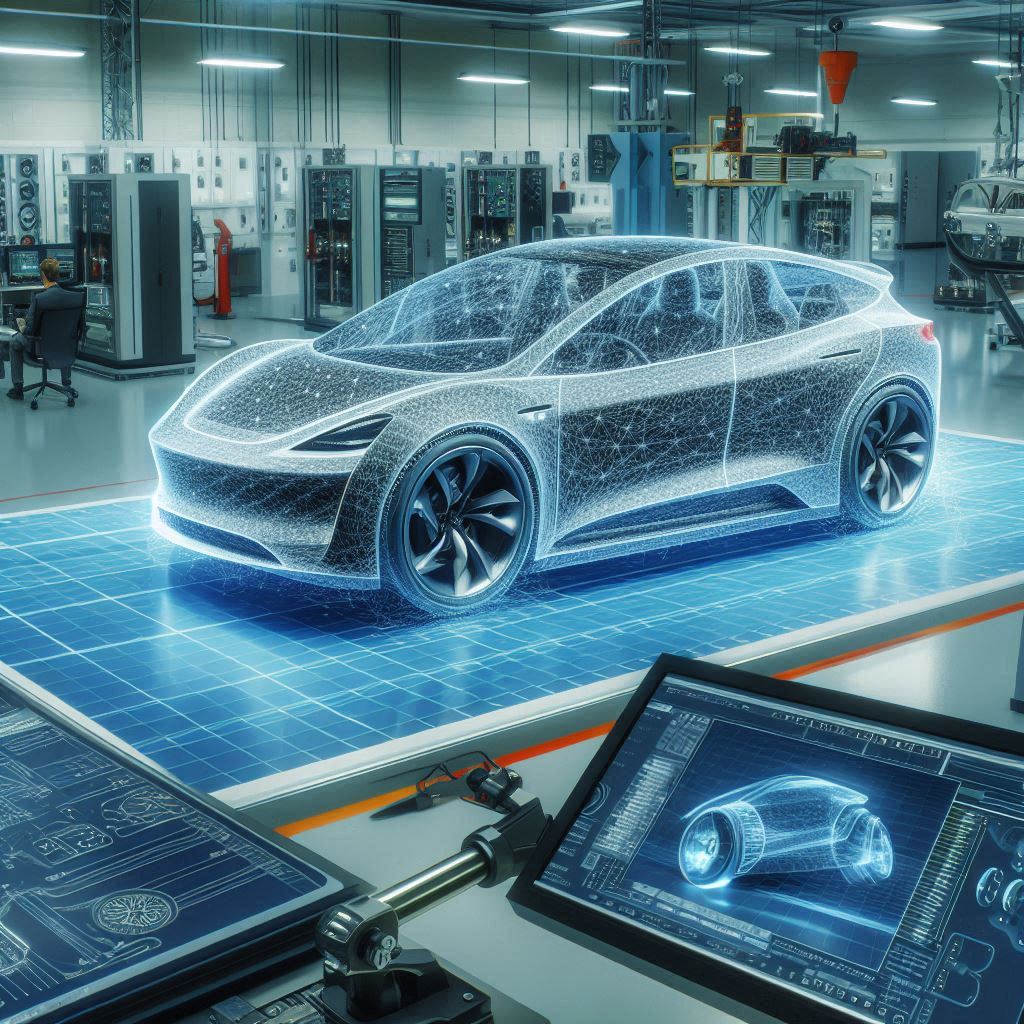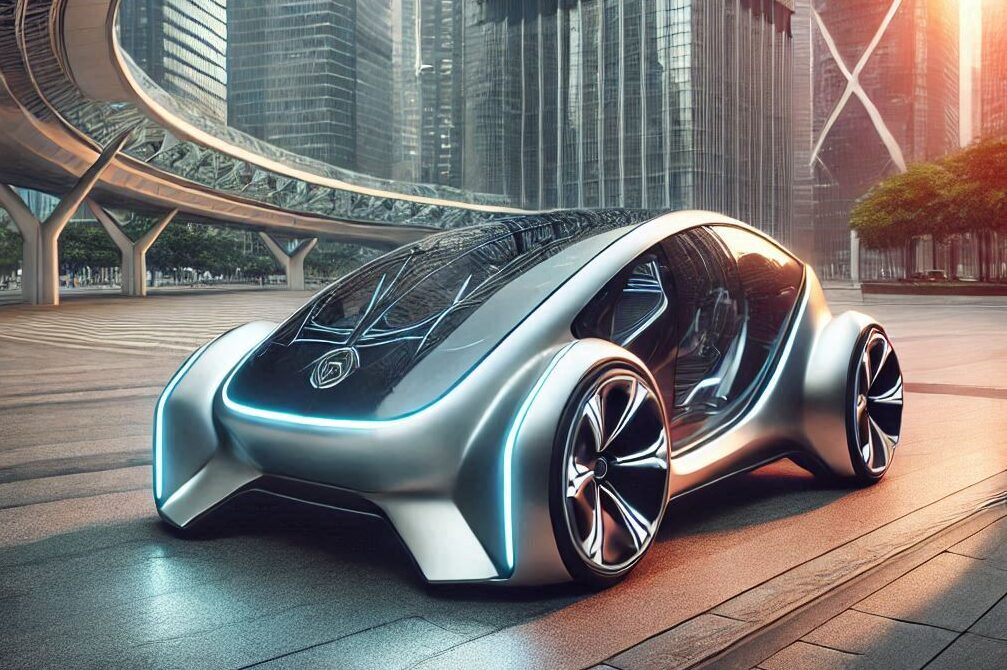New Design Trends In Electric Vehicles
Ever thought about what makes the wheels on an electric vehicle (EV) go round for miles on end? It’s the battery tech underneath breaking new ground almost every month. Modern batteries are working overtime to stomp out range anxiety—a common worry that an EV might not make it to the next charger. By packing more power, these batteries ensure EV drivers can travel longer distances without a hitch.
Solid-state batteries are the buzzword right now, all about longevity and superior performance. They’re touted as the future of EV, promising not just longer life but also quicker charge times. These nifty advancements mean more reliability and less time tethered to a charging station.
Charging solutions keep getting more fascinating too. Ultra-fast charging stations are popping up, cutting down the time you need to charge up your vehicle. And let’s not forget wireless charging; it’s making plugging in as outdated as a house phone (remember those devices we used to plug into the telephone socket in the wall?). You park, it charges—no wires, no hassle. Now that’s a game-changer for convenience.
With innovations like these, jumping on the EV bandwagon seems smarter than ever. Batteries aren’t just getting better—they’re redefining what’s possible on the road. That means more freedom to roam and less pit stops along the way.
The Role of Composite Materials in EV Design
Composite materials sound like something straight out of a sci-fi novel, but they’re very much here, changing how electric vehicles hit the road. These materials are made by combining different substances to create a new one that’s light, strong, and incredibly efficient—all while reducing a car’s environmental footprint.
Lightweight composites are the unsung heroes when it comes to giving EVs that extra mile. The less weight you carry, the less energy you burn, right? That’s exactly what these materials bring to the table, making electric cars not just lighter, but also super efficient. You get to travel further without any extra power load, and who doesn’t like a little extra mileage?
Then there’s the green side of things. Sustainable composites mean less demand on natural resources, which means even less environmental impact. Car manufacturers are constantly looking to integrate these earth-friendly materials into their builds—not just for the planet, but for a product that stacks up well in the market.
Check out how some top EV brands (especially in china) use composites to push the envelope on performance and style. It’s fascinating to witness how these materials are utilised to make cars sleeker and stronger. These days, new models frequently showcase the potential benefits of composites, offering a practical blend of style, sustainability, and speed.
By leveraging composite materials, the future of electric vehicle design is looking not just possible, but very promising. Keep an eye out for the latest models rolling out—as they adopt more innovative materials, they help redefine the landscape of efficient, eco-friendly transportation.
Aerodynamics and Integrated Design: Crafting the Future of Electric Vehicles
Aerodynamics isn’t just the stuff of airplanes. When it comes to electric vehicles, smooth, sleek designs are crucial for cutting through the air without burning extra energy. Thanks to some clever engineering, today’s EVs offer designs that don’t just look good (although of course, this is subjective) but also tackle efficiency head-on.
Those cool adjustments you see on modern models—like adjustable spoilers and grille shutters—aren’t just for show. These active aerodynamic features adapt based on real-time data from your journey. Think of it as a tailor-made suit for your car, constantly adjusting to ensure the best fit, or in this case, the best drag and efficiency formulas.
Integrated design is another link in this finely tuned chain, connecting the battery, motor, and other key components seamlessly. This setup doesn’t allow any room for sloppy designs, making the transition between elements smooth and functional. It’s like digital choreography; where each component knows its role and plays it well.
For auto enthusiasts and everyday drivers alike, these advancements mean purchasing an EV won’t just feel futuristic, it’ll deliver on that promise. It’s about making a smarter choice that enhances performance while conserving energy—a win for both driver and environment.
So next time you see a new EV model drive past, remember, it’s not just looks but smart integration and aerodynamics working together to make the journey as efficient as possible. With each improvement, EVs continue to rewrite what efficient driving should look like.

Revolutionising Design with Computer-Aided Tools and Autonomous Capabilities
The world of electric vehicles is pretty much a playground for tech geeks, especially when you consider how cutting-edge computer-aided design (CAD) tools are shaking things up. CAD brings precision, creativity, and speed to EV design, letting engineers and designers push boundaries in new ways. It’s like having a digital sandbox where you get to build and test concepts without ever getting your hands dirty.
These tools allow for layers of complexity that old-school methods just can’t match. Imagine testing a design’s aerodynamics or stress points without even making a prototype. Companies are saving time and money, which is a win-win when you’re trying to bring the latest EV models from drawing board to the showroom fast.
Now, introduce autonomous capabilities to the mix. The rise of self-driving technology in EVs is growing and redefining what it means to ‘drive’ with some new models equipped with advanced sensors and artificial intelligence (AI) that help it navigate traffic with ease. It still sounds a little like sci-fi, but every new development inches us closer. Govermental legislation in some countries are still to catch up and allow this technology to ne used on public roads, but with more and more research, laws are changing slowly.
All this tech isn’t just about showing off. It’s about making driving safer, smarter, and more enjoyable. As autonomous options become more mainstream, they promise to reduce human error—a major cause of accidents, while also offering conveniences that will change the road forever.
In the end, CAD and autonomous tech are fueling an EV revolution that’s both electrifying and inevitable. So as more of these smart vehicles hit the streets, every trip, whether it’s a quick dash to the store or a cross-country adventure, becomes an exploration in what’s possible when innovation meets the open road.


6 comments